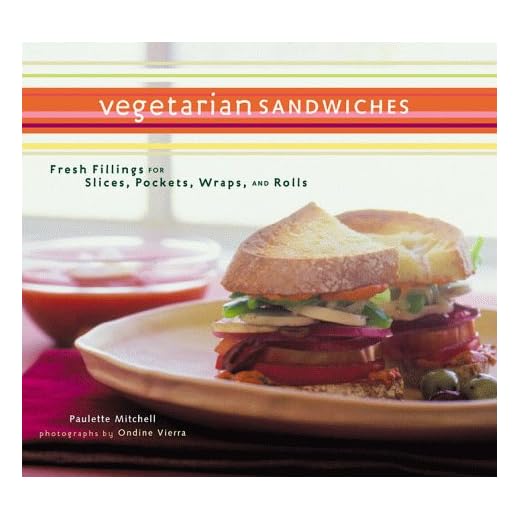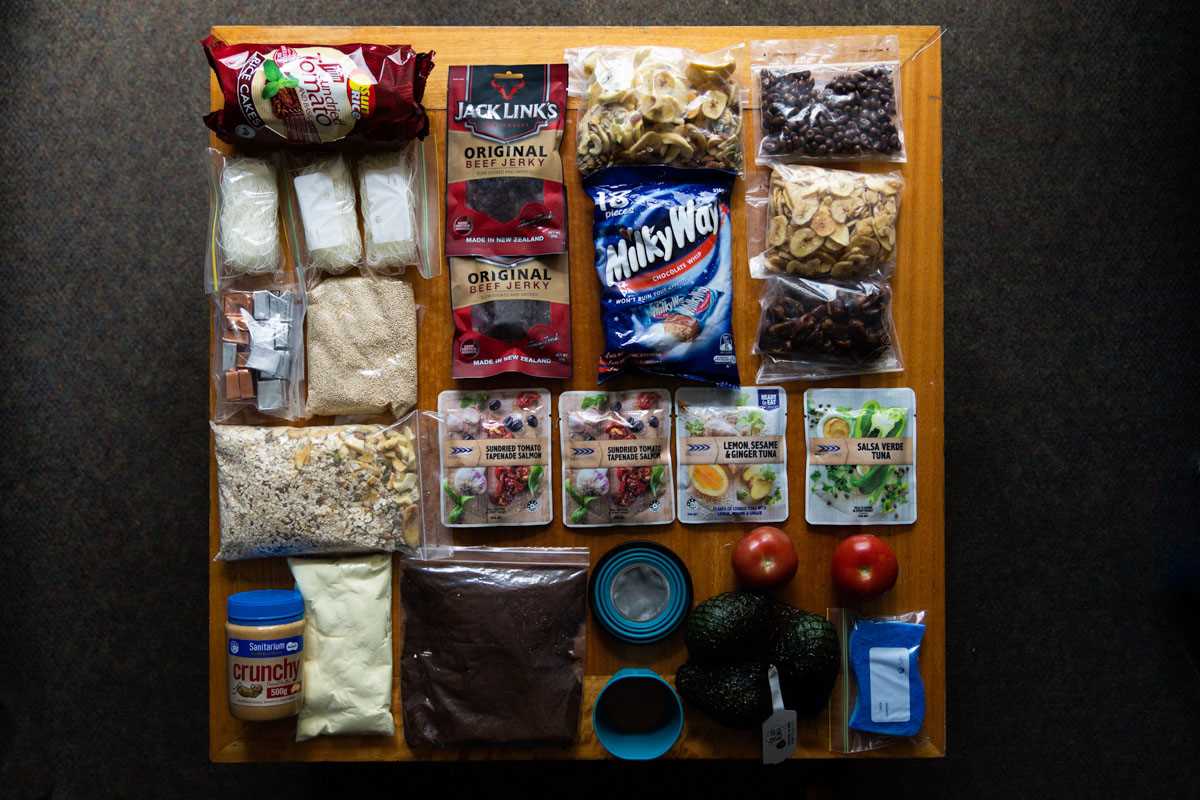




If you’re seeking quick and nutritious options for your outdoor excursions, consider meals that prioritize ease of preparation while still being satisfying. This article provides a collection of convenient culinary solutions perfect for hiking, camping, or any adventure that requires portable nourishment.
You’ll discover recipes that are not only lightweight and easy to pack but also packed with flavor and nutrition. Each suggestion caters to various dietary preferences, ensuring that everyone can enjoy a hearty dish in the great outdoors.
By the end of this read, you’ll have a curated selection of dishes that require minimal cooking time and equipment, making your next outing more enjoyable. Whether you’re a seasoned explorer or a casual day-tripper, these meal ideas will enhance your experience and keep your energy levels high.
Best Choices for Outdoor Nourishment
Opt for lightweight and nutrient-dense options that provide sustained energy during outdoor activities. Dehydrated meals, often available in various flavors, are convenient and easy to prepare. Just add hot water, and within minutes, you’ll have a warm dish ready to enjoy.
Another excellent selection includes energy bars. They are compact, provide a quick energy boost, and come in numerous flavors. Look for those rich in protein and fiber to keep you full longer.
Considerations for Selecting Food
- Weight: Choose items that won’t weigh down your pack.
- Preparation: Meals that require minimal cooking or can be prepared with just hot water are ideal.
- Nutritional Value: Ensure the food provides a balance of carbohydrates, proteins, and fats.
- Shelf Life: Opt for products with a long shelf life to reduce waste.
Freeze-dried fruits and nuts can serve as great snacks or toppings, adding variety to your diet while providing essential nutrients. For a more substantial option, consider pasta or rice dishes that can be enhanced with dehydrated vegetables or protein sources such as legumes or jerky.
Don’t forget to pack some spices or sauces to improve the flavor of your meals. A little seasoning can make a significant difference in your eating experience while on the trail.
High-Protein Options for Endurance
Choosing meals rich in protein can significantly enhance endurance during outdoor activities. Options such as dehydrated lentils, quinoa, and beans provide not only protein but also essential nutrients for sustained energy. Combining these ingredients with spices and herbs can enhance flavor without adding excessive weight to your pack.
Beef jerky and nut butter sachets serve as convenient protein sources that require no preparation. These items can be easily consumed on the go, making them ideal for long hikes. Additionally, protein bars made from natural ingredients can offer a quick energy boost while supporting muscle recovery.
Considerations for High-Protein Choices
When selecting protein-rich options, consider the following:
- Nutritional Content: Aim for meals that offer a balance of protein, carbohydrates, and fats.
- Weight and Portability: Lightweight and compact choices are easier to carry.
- Preparation Time: Opt for meals that require minimal or no cooking.
Incorporating a variety of these protein sources can help maintain energy levels and improve overall performance. This approach supports muscle repair and growth, which is essential during prolonged physical exertion.
- Dehydrated meals with added legumes.
- Nuts and seeds for quick snacking.
- Single-serving protein powders for shakes.
By carefully selecting high-protein options, endurance athletes can optimize their nutrition strategy for enhanced performance and recovery.
Quick-Cook Pasta Dishes for Hikers
For those on the move, quick-cook pasta dishes prove to be an excellent choice. They are lightweight, easy to prepare, and can be packed with nutrients. Opt for pasta varieties that cook in under ten minutes, such as thin spaghetti or fusilli.
Pair your pasta with various sauces and toppings to enhance flavor and nutrition. Dehydrated vegetable mixes and pre-cooked protein sources, like chicken or tofu, can add substance to your meal without much hassle.
Recommended Combinations
- Pasta Primavera: Combine quick-cook pasta with dehydrated mixed vegetables. Rehydrate the veggies in boiling water and mix in some olive oil and garlic powder for taste.
- Pesto Pasta: Toss cooked pasta with pesto sauce made from dried basil, pine nuts, and olive oil. Add sun-dried tomatoes for extra flavor.
- Cheesy Mac: Use instant macaroni, powdered cheese, and add freeze-dried broccoli for a comforting dish.
For preparation, follow these steps:
- Boil water in a portable stove or pot.
- Add the pasta and cook according to the package instructions.
- In a separate container, combine any additional ingredients like sauces or proteins.
- Drain the pasta and mix with the prepared ingredients.
Utilizing these quick-cook pasta ideas will ensure that your outdoor adventures are both satisfying and energizing.
Lightweight Snacks for Energy Boosts
Nutritious snacks play a significant role in maintaining energy levels during outdoor activities. Choosing the right options can enhance stamina and focus, making them ideal for any adventure.
When selecting lightweight snacks, consider items that provide a balance of carbohydrates, protein, and healthy fats. These components ensure sustained energy release and help prevent fatigue.
Recommended Snack Options
- Nuts and Seeds: A mix of almonds, walnuts, and pumpkin seeds offers protein, healthy fats, and essential nutrients.
- Energy Bars: Look for bars made from whole ingredients like oats, dried fruit, and nut butters that deliver quick energy.
- Jerky: Lean beef, turkey, or plant-based jerky provides a protein-rich snack that is easy to pack and carry.
- Dried Fruits: Apricots, mangoes, and raisins are excellent sources of natural sugars for an instant energy boost.
- Nut Butters: Single-serving packets of almond or peanut butter can be eaten alone or paired with fruits for added fuel.
Incorporating these snacks into your gear ensures that energy dips are minimized, allowing for a more enjoyable experience. Choose a mix of flavors and textures to keep your palate satisfied while fueling your activities.
Dehydrated Meals for Minimal Packing
Opting for dehydrated options significantly reduces weight and bulk in your pack. These meals require minimal preparation and allow for easy transport, making them ideal for outdoor activities.
When selecting dehydrated food, focus on nutrient-dense ingredients that provide energy without excess weight. Look for meals that combine grains, proteins, and vegetables to ensure a balanced intake during your excursions.
Benefits of Dehydrated Options
- Lightweight: Dehydrated foods weigh considerably less than their fresh counterparts, contributing to a lighter load.
- Long shelf life: These meals can be stored for extended periods without refrigeration, making them a practical choice for long trips.
- Quick preparation: Most require only boiling water for rehydration, allowing for efficient meal times.
Consider the following tips when incorporating dehydrated options into your outdoor routine:
- Plan your meals: Outline daily meal requirements to avoid overpacking.
- Combine meals: Mix different dehydrated items to create diverse dishes, enhancing flavor and nutrition.
- Test before the trip: Prepare and taste meals at home to ensure satisfaction during your adventure.
Utilizing dehydrated food not only simplifies packing but also enhances your culinary experience in the great outdoors.
Wraps that Pack a Punch
For a quick and satisfying lunch, consider the endless possibilities of wraps. They are not only portable but also versatile, allowing for a variety of flavors and textures. Choose your base wisely to enhance the overall taste and nutritional value.
When preparing your wraps, focus on fresh ingredients that complement each other. Here are some creative ideas that will keep your lunches intriguing:
- Spicy Chickpea Wrap: Combine mashed chickpeas, avocado, diced tomatoes, and a touch of sriracha in a whole wheat tortilla.
- Greek Delight: Fill a wrap with hummus, spinach, olives, feta cheese, and sliced cucumbers for a Mediterranean twist.
- BBQ Chicken Wrap: Shred cooked chicken, mix with BBQ sauce, and add coleslaw for crunch. Wrap in a flour tortilla.
- Veggie and Quinoa Wrap: Use a spinach wrap filled with quinoa, roasted vegetables, and a drizzle of balsamic glaze.
Each of these options is easy to prepare and can be made in advance. Wraps can be customized based on dietary preferences and are an excellent way to incorporate various food groups into one meal.
Experiment with different combinations and sauces to find what works best for you. These wraps not only satisfy hunger but also keep your palate excited.
Best backpack meals
Features
| Part Number | TUBV2-XL-1-BL |
| Model | TUBV2-XL-1-BL |
| Warranty | Warranty |
| Color | Black |
| Size | X-Large |
Features
| Color | Blue |
| Size | 56 Count (Pack of 1) |
Features
| Part Number | 0081664A |
| Model | 0081664A |
| Warranty | 30 Year Taste Guarantee |
| Color | Blue |
| Release Date | 2020-01-01T00:00:01Z |
| Size | Net Wt 63.1 oz (3.9 lbs) |
| Publication Date | 2020-03-15T00:00:01Z |
Features
| Language | English |
| Number Of Pages | 132 |
| Publication Date | 2000-04-01T00:00:01Z |
| Format | Bargain Price |
Video:
FAQ:
What are some quick and easy backpack meals for hiking trips?
Quick and easy backpack meals for hiking trips can include items like instant oatmeal packets, dehydrated soups, and energy bars. Instant oatmeal is lightweight and only requires hot water to prepare, making it a convenient breakfast option. Dehydrated soups come in various flavors and can be easily cooked by adding boiling water. Energy bars are great for snacking on the trail, providing a good balance of carbohydrates and protein. Additionally, you might consider packing nuts, dried fruits, or jerky for extra protein and energy during your hike.
How can I ensure my backpack meals are nutritious?
To ensure your backpack meals are nutritious, focus on including a variety of food groups. Aim for a balance of carbohydrates, proteins, and healthy fats. For example, you can pack whole grain pasta or rice as a carbohydrate source, add canned beans or lentils for protein, and include nuts or nut butter for healthy fats. Don’t forget to add some fruits or vegetables, such as dried fruits or freeze-dried veggies, to boost the vitamin content. Reading labels can also help you choose options that are lower in sodium and added sugars.
What are some good recipes for homemade backpack meals?
Homemade backpack meals can be both satisfying and easy to prepare. One simple recipe is a quinoa and black bean mix: cook quinoa and mix it with canned black beans, corn, diced tomatoes, and spices. Dehydrate the mixture for easier packing. Another option is a pasta primavera: cook your favorite pasta, mix it with sautéed vegetables, olive oil, and Italian herbs, and dehydrate. Just add boiling water when ready to eat. For snacks, homemade granola bars with oats, honey, and nuts can be a great treat on the trail.
How do I properly store and prepare backpack meals to prevent spoilage?
To prevent spoilage, store backpack meals in airtight containers or resealable bags. Keep them in a cool, dry place away from direct sunlight. For meals that require refrigeration, like those with dairy or fresh meat, consider using vacuum sealing or dehydrating techniques. When preparing meals, ensure that all ingredients are fully cooked and cooled before packaging. Always check the expiration dates on packaged foods and rotate your supplies regularly to ensure freshness.







